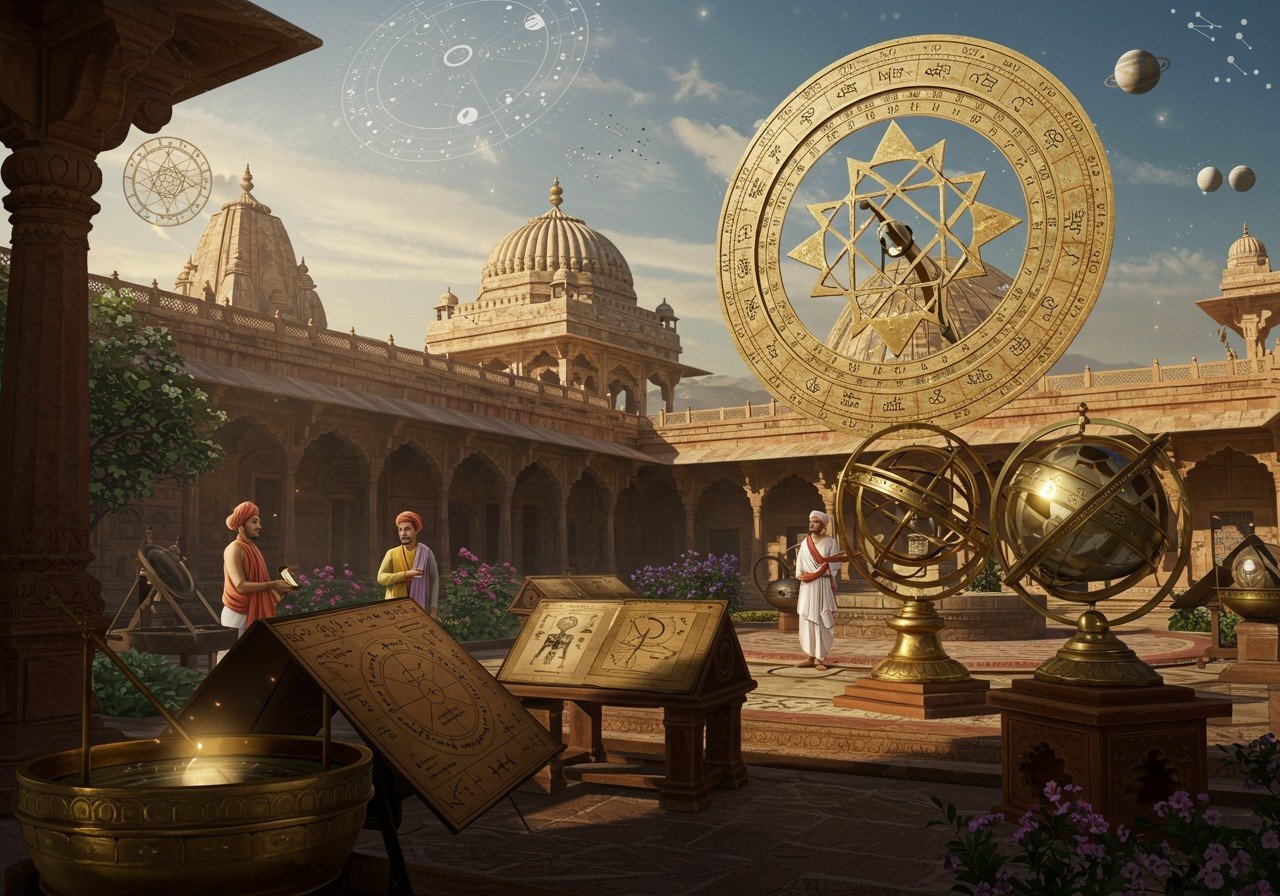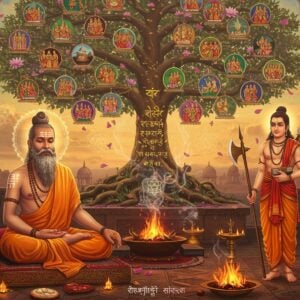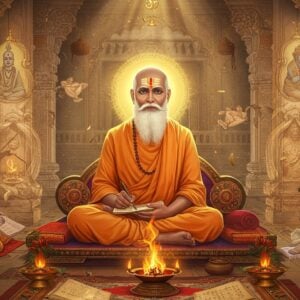
India’s medieval period, spanning from the 6th to the 16th century CE, stands as a testament to remarkable scientific and technological advancements. Amidst political transitions and cultural exchange, India’s intellectual landscape flourished, leaving an indelible mark on the world.
Astronomy and Mathematics: Reaching for the Stars and Numbers
Indian scholars made groundbreaking contributions to the fields of astronomy and mathematics. Aryabhata, a celebrated mathematician and astronomer, introduced the concept of zero and calculated the approximate value of pi (π). His work, Aryabhatiya, also explored trigonometric functions and planetary motion, influencing generations of scholars. Bhaskara II, another prominent figure, delved into algebra and calculus, further enriching mathematical understanding with his treatise Lilavati. These advancements laid the foundation for future discoveries and continue to inspire mathematicians and astronomers today.
Medieval India’s Scientific Advancements: A Tapestry of Innovation
Medieval India was a vibrant hub of invention and scientific progress. From mathematics to metallurgy, the era witnessed a surge of creativity.
Decimal System and Zero: The Foundation of Modern Mathematics
The development of the decimal system, coupled with the concept of zero, revolutionized mathematics. This system, originating in India, simplified calculations and paved the way for complex mathematical operations. The idea of zero as a numeral marked a significant leap in mathematical thought. Poojn.in offers traditional writing tools and instruments that connect you with this rich mathematical heritage. Explore our collection to discover the beauty and precision of ancient Indian instruments.
Chess (Chaturanga): A Game of Strategy and Intellect
The game of chess, known as Chaturanga in ancient India, emerged during the 6th century. This strategic board game quickly gained popularity, spreading to other parts of the world and evolving into the chess we know today. Chaturanga stands as a testament to India’s intellectual prowess and its contribution to recreational pursuits. At Poojn.in, you can find incense sticks and other puja essentials to create a serene atmosphere for your games and intellectual activities, honoring the legacy of Chaturanga.
Vertical Windmills and Water Mills: Harnessing Nature’s Power
Medieval India saw the development of vertical windmills and improved water mills. These inventions harnessed the power of nature for practical applications such as grinding grains and irrigating fields. These technological advancements significantly improved agricultural practices and daily life. Poojn.in offers traditional handcrafted items that reflect the artistry and ingenuity of medieval Indian craftsmanship.
Other Notable Advancements
- Spinning Wheel: The introduction of the spinning wheel revolutionized textile production, boosting India’s economy and facilitating trade.
- Building Techniques: Advancements in architecture and construction led to the creation of magnificent temples and other structures, showcasing India’s engineering skills.
- Metallurgy: The creation of high-quality steel, such as Wootz steel, demonstrated India’s expertise in metallurgy, renowned for its strength and durability.
Connecting to India’s Heritage with Poojn.in
Poojn.in, India’s leading cultural goods store, offers a wide range of products that connect you to India’s rich heritage. From traditional puja items to handcrafted artifacts, Poojn.in provides a platform to explore and celebrate India’s cultural legacy.
India’s Medieval Legacy: A Source of Inspiration
India’s medieval period, with its scientific and technological marvels, remains a source of pride and inspiration. These contributions have not only shaped India’s history but have also influenced global progress. Poojn.in invites you to celebrate this legacy by exploring our collection of authentic cultural and religious items. Embrace the wisdom of the past and connect with India’s vibrant heritage.
For more information on Medieval India, you can explore resources on Dravidian and Nagara architecture and Dravidian temples at Poojn.in.


